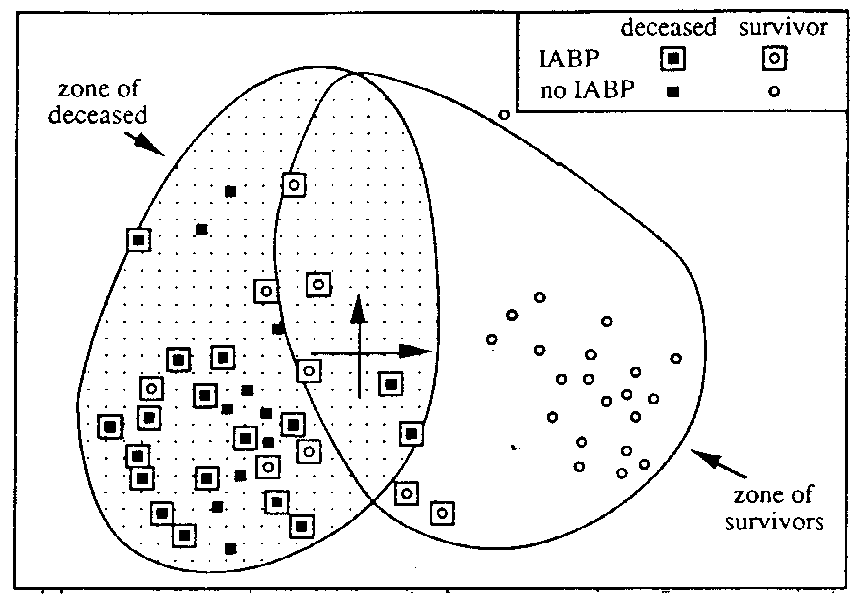 A medical application of correspondence analysis . |
|
| Table of contents
. |
|
1. Introduction
5. What you Find in the Output and How to Use it
6. Graphical Representations and Interpretation
8. Bibliography |
|
Correspondence Analysis
 A medical application of correspondence analysis . |
|
| Table of contents
. |
|
1. Introduction
5. What you Find in the Output and How to Use it
6. Graphical Representations and Interpretation
8. Bibliography |
|
| This paper was first published at Ramses Abul Naga's Advanced Econometrics Workshop at the HEC in Lausanne in 1996. The same year, I recycled it for Francois Bavaud Multivariate Statistics course at the SSP in the University of Lausanne. The introduction was written with an all-economists audience in mind, but this does not reduce the generality of the text neither its usefulness for other classes of readers. François-Xavier Micheloud, Pully, November 1997 |